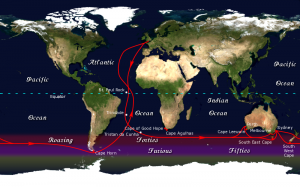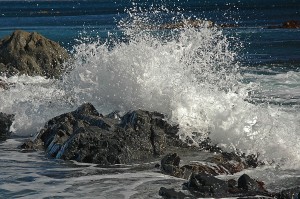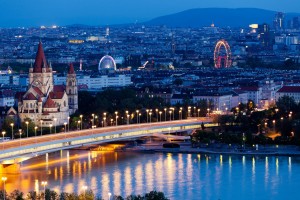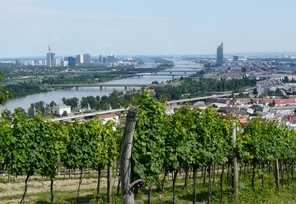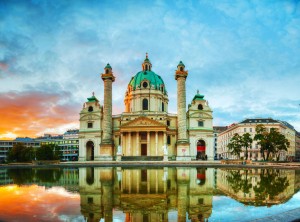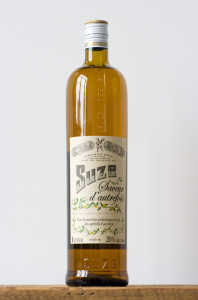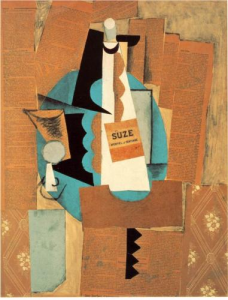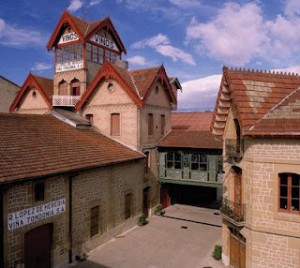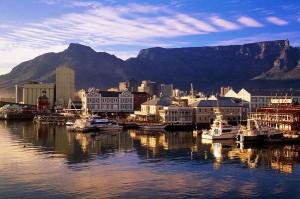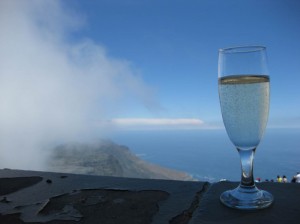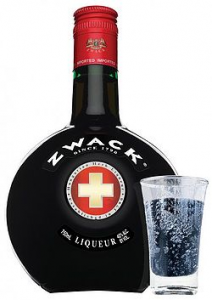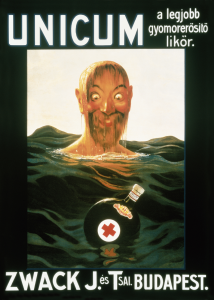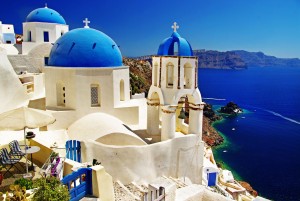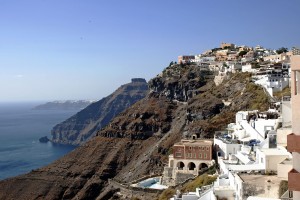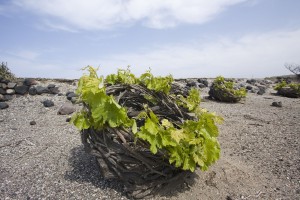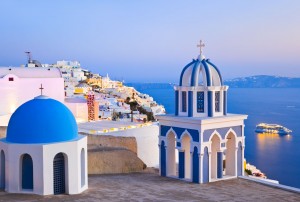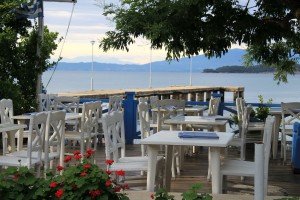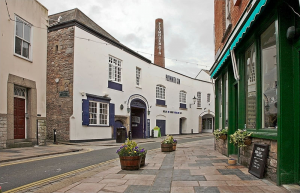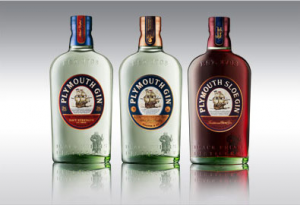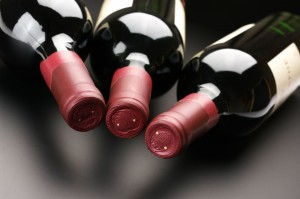 Today we have a guest post from Houston-based Wine Educator James Barlow, CS, CWE – all about Cabernet Franc – and what some people think might be the “next big thing” for wine lovers.
Today we have a guest post from Houston-based Wine Educator James Barlow, CS, CWE – all about Cabernet Franc – and what some people think might be the “next big thing” for wine lovers.
Everybody always seems to want to know… what is the next “big craze” for red wine?
In the early 90’s, Australia went through a glorious time with Shiraz and (how can we forget) “critter wines.” Then, South America made a huge splash on the market with Chile’s Cabernet and an even bigger splash with Argentina’s thick, fruity Malbec. But the latest buzz says that Malbec’s popularity is waning, leading us to wonder…what’s next?
Some say Grenache, whether from Spain or France, will be the next varietal that tickles the palate of the American consumer. It offers an abundance of fruit, relatively high alcohol, and can be mass produced at an affordable price point. Sounds ripe for the picking, right?
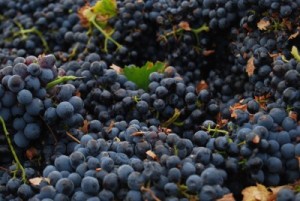 But there are also believers in Cab Franc that are certain that Cabernet Franc should be the next red wine super-star in the hearts, minds (and shopping baskets) of the everyday wine consumer. After all, Cabernet Franc is one of the world’s oldest grapes and is the father of Cabernet Sauvignon. It can be described as having flavors or raspberry, red cherry, and cassis, as well as notes of black pepper, tobacco, bell pepper, and violet. No wonder it has quietly, but steadily, become the new favorite among critics, retailers, and sommeliers alike!
But there are also believers in Cab Franc that are certain that Cabernet Franc should be the next red wine super-star in the hearts, minds (and shopping baskets) of the everyday wine consumer. After all, Cabernet Franc is one of the world’s oldest grapes and is the father of Cabernet Sauvignon. It can be described as having flavors or raspberry, red cherry, and cassis, as well as notes of black pepper, tobacco, bell pepper, and violet. No wonder it has quietly, but steadily, become the new favorite among critics, retailers, and sommeliers alike!
Cabernet Franc’s original home is believed to be Bordeaux, where it is used strictly as a blending variety. Although it is used along both the right and left banks of the Gironde River, it is more heavily favored on the right bank, giving the Merlot-based wines of the region some added spice and texture. Cabernet Franc is thin skinned and offers beautiful aromatics, peppery fruit flavors, low tannins, and medium to high acids to the blends. In Bordeaux, Cabernet Franc has never gained much recognition. But, much like Malbec and Carmenère, the other blending grapes of this region, it is starting to garner attention in wine markets outside of France.
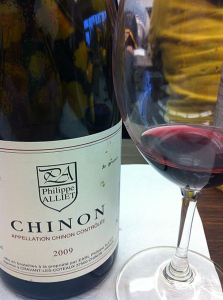 There are two major areas in the world currently making the case for Cabernet Franc. The first and oldest advocate of the varietal is France’s Loire Valley, where Cabernet Franc, locally known as “Breton,” is grown in the Touraine region, with towns such as Chinon and Bourgueil leading the renaissance. Both Chinon and Bourgueil have similar soil structures of limestone tuffeau and sand. This allows vine roots to dig deep into the soil and offers a unique terrior profile to the wines.
There are two major areas in the world currently making the case for Cabernet Franc. The first and oldest advocate of the varietal is France’s Loire Valley, where Cabernet Franc, locally known as “Breton,” is grown in the Touraine region, with towns such as Chinon and Bourgueil leading the renaissance. Both Chinon and Bourgueil have similar soil structures of limestone tuffeau and sand. This allows vine roots to dig deep into the soil and offers a unique terrior profile to the wines.
Both Chinon and Bourgueil will use up to 10% Cabernet Sauvignon to add breadth to the wine’s body and structure. Although the last several vintages have not been particularly kind to the region, Cabernet Franc has thrived and is showing an abundance of fruit that it lacked in years past. This is due to new winery technology and young, upstart winemakers. The final result is wines with riper fruit balanced by racy acidity, light tannins, minimal oak, and an earthy terrior in keeping with other wines true to the region.
Domaine Bernard Baudry in Chinon uses state-of-the-art technology to produce rich, precise wines that offer beautiful elegance and balance. Yannick Amirault is one of the rising stars of Bourgueil, as well as the neighboring town of Bourgueil-St.-Nicolas, and produces some of the more opulent Cabernet Franc styles.
Other towns in the Loire Valley make exceptional wines from Cabernet Franc as well. Champigny, in the Saumur region, touts some of the best and most age-worthy Breton in the world, as evidenced by the classic producer Clos Rougeard.
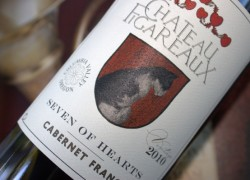 Cabernet Franc is becoming a regional super-star in Washington State as well, particularly in the loamy soils of the Columbia Valley AVA. Although Washington State is somewhat northerly, its summers are quite hot and the early ripening Cabernet Franc has no problem achieving phenolic ripeness. There are many similarities between climates surrounding Loire River and the Columbia River, so it is no surprise that this variety could thrive in both areas. The Walla Walla Ava, a sub-region the Columbia Valley AVA, offers a sleek expression of Cabernet Franc, with large tannins and an affinity for oak. It has an almost feminine Cabernet Sauvignon-like structure, but with more finesse and softer tannins.
Cabernet Franc is becoming a regional super-star in Washington State as well, particularly in the loamy soils of the Columbia Valley AVA. Although Washington State is somewhat northerly, its summers are quite hot and the early ripening Cabernet Franc has no problem achieving phenolic ripeness. There are many similarities between climates surrounding Loire River and the Columbia River, so it is no surprise that this variety could thrive in both areas. The Walla Walla Ava, a sub-region the Columbia Valley AVA, offers a sleek expression of Cabernet Franc, with large tannins and an affinity for oak. It has an almost feminine Cabernet Sauvignon-like structure, but with more finesse and softer tannins.
The Cab Francs of Washington State generally have a richer, fuller mouth feel and more of a “blueberry” flavor than their counterparts in the Loire Valley. Several boutique wineries are taking the lead in the production of quality Cabernet Franc in Washington. Andrew Will is blazing a trail in the Columbia Valley and has garnered high praise and points from the most discerning of wine critics. Andrew Will is a part owner of the prestigious and high quality Champoux vineyard, located in the Horse Heaven Hills AVA. Champoux produces some of the highest praised Cabernet Franc in the world.
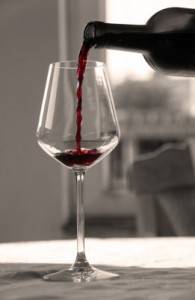 Another note-worthy producer in the Columbia Valley is Owen Roe winery, although, like in the Loire Valley, there are numerous Washington wineries that are now producing stellar Cabernet Franc.
Another note-worthy producer in the Columbia Valley is Owen Roe winery, although, like in the Loire Valley, there are numerous Washington wineries that are now producing stellar Cabernet Franc.
All this being taken into account, will Cabernet Franc become the next “big craze” in the world of red wine? It has its challenges – for one, the grape is not mass produced in any country, causing higher prices and lower production. There is no conglomerate that pumps out Cabernet Franc at record pace.
The grape’s small production, though, might just end up becoming a blessing in disguise. It has the versatility to appeal not only to Cabernet Sauvignon drinkers, but also to those that prefer Pinot Noir. Modern American wine consumers are actively seeking out the more obscure, “wine-geek” wines to add to their expanding palates. This fact might bring Cabernet Franc into the “seek out” category, but production and price point will most likely keep it out of the “mass market.” As a wine lover, I don’t think that’s a bad thing!
Our guest author, James Barlow, CS, CWE, is a wine director of over 6,000 wines labels for a store owned by Spec’s Fine Wines and Liquors in Houston, Texas. He is also the author of the widely recongized wine blog thewineepicure.com. James is also a recent recipient of the CWE Certification (Congratulations, James!) and as such has taken on the duty of teaching the Certified Specialist of Wine course to fellow employees in hopes of having the best educated staff in the state of Texas. Way to go, James!
Click here to return to the SWE Website.



